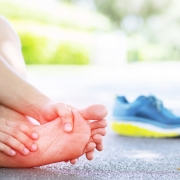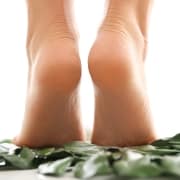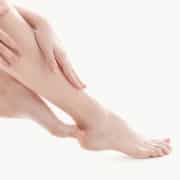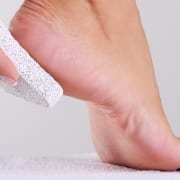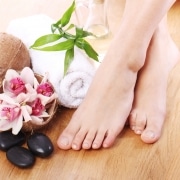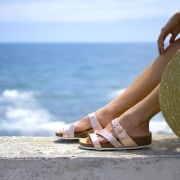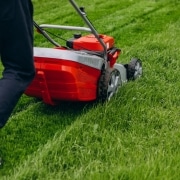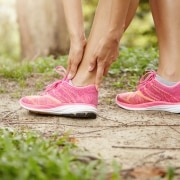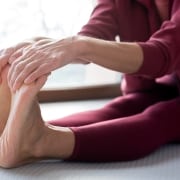3 Things to Know About Morton’s Neuroma
The nerves in your foot can change over time, usually due to consistently applying the wrong type of pressure. If you’ve heard of Morton’s neuroma in Austin, TX, we’ll discuss what you should know about the condition, its symptoms, and the treatments available.
1. Morton’s Neuroma Refers to Nerve Inflammation
The term neuroma in Austin, TX, typically refers to a tumor, but Morton’s tumor is the inflammation and thickening of the tissues surrounding a nerve lying between the third and fourth toes. The more it thickens, the more it feels like you’re walking on a small ball. This is not only painful, but it can also throw off your gait in more ways than one.
2. The Wrong Footwear Can cause it
Morton’s neuroma is often a reaction to repetitive stress from your shoes. Named for the surgeon who first described it in the 1800s, Morton’s neuroma has become a more common diagnosis over time. This is partially due to increased awareness and partially due to an increase in physical activity and different types of footwear (e.g., high heels, tight shoes, etc.).
3. Symptoms Can Include Burning or Tingling
In addition to feeling like you’re walking on a marble, symptoms of this disorder can include general burning or tingling of the foot and into the toes. Generally, the best thing you can do is recognize the signs of Morton’s neuroma as quickly as possible. The longer you go without visiting a podiatrist in Austin, TX, the harder it will be to fix the inflammation. In most cases, you can fix neuroma just by changing shoes, but in some cases, you will need surgical intervention to really alleviate the symptoms.
See a Foot Doctor in Pflugerville, TX
Whether you need a pair of custom-fit shoes or a corticosteroid, you can’t count on Morton’s neuroma to go away on its own if you don’t first identify the condition’s root causes. If you’ve noticed symptoms of neuroma, visiting the offices of Dr. Jeffrey Lamour, DPM, PA, could be the first step to feeling better. With offices in Pflugerville and Austin, getting your foot evaluated is easy so you can take the next steps.



